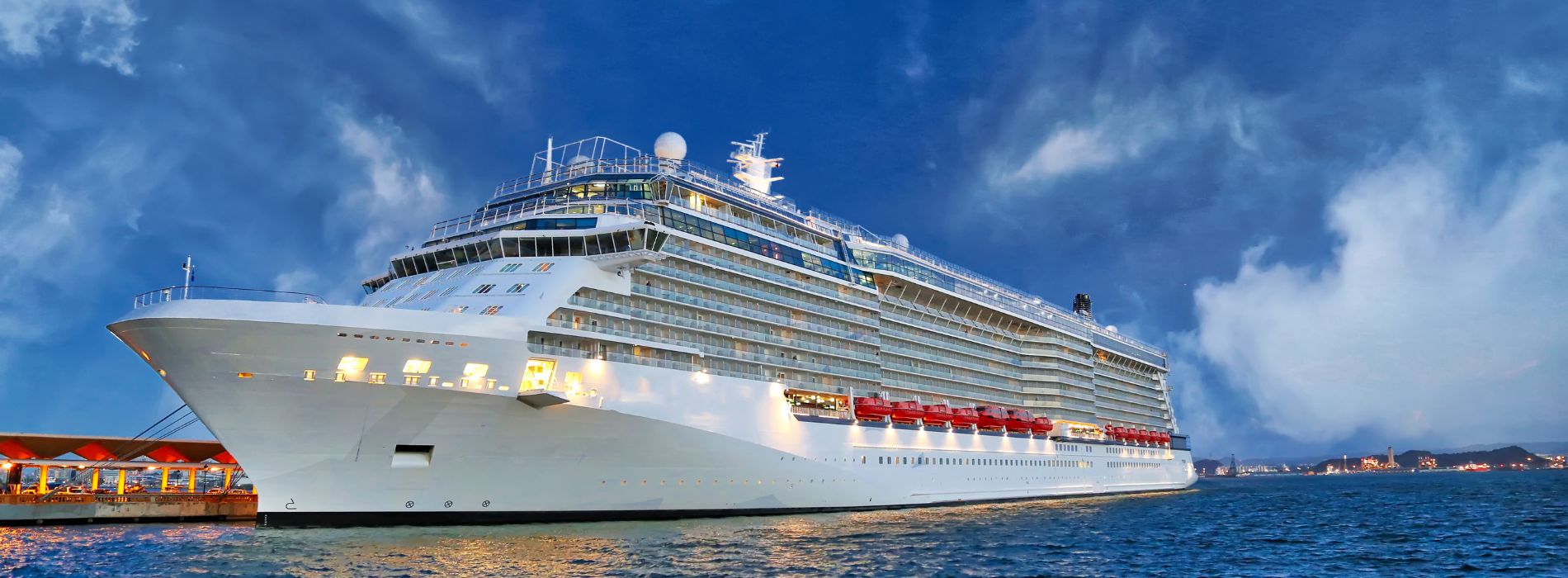Process of Building a Cruise Ship
Building a cruise ship requires a complex and time-consuming process. Shipbuilders start by conceptualizing the ship's design, determining its size, capacity, and features. This initial stage involves extensive research and planning to ensure the ship meets safety standards and provides a luxurious experience for travelers.
Once the design is finalized, shipyards begin constructing the cruise ship's hull. This involves cutting and shaping steel, welding, and assembling the structure piece by piece. It's a meticulous process that takes several months to complete, depending on the ship's size.
 Interior Design and Installation
Interior Design and Installation
Simultaneously with the construction of the hull, the interior design team starts working on transforming the cruise ship's interior into a stunning and functional space. This includes designing and installing cabins, restaurants, theaters, lounges, and other amenities.
The interior design process requires careful coordination with various contractors and suppliers. It involves selecting materials, furniture, fixtures, and decorations that align with the ship's aesthetic and theme. The installation phase can take several months, during which the ship gradually comes to life with its unique atmosphere.
Once the interior is complete, the ship undergoes comprehensive testing and inspections to ensure everything meets safety standards and functions properly. This stage is crucial for the successful and safe operation of the cruise ship.
Installing the Machinery and Systems
Another crucial aspect of building a cruise ship is the installation of machinery and systems. This includes engines, generators, electrical systems, HVAC (heating, ventilation, and air conditioning), plumbing, and navigation equipment.
The installation of complex machinery and systems requires skilled technicians and engineers, who meticulously connect and test each component. This process can take several months to complete, ensuring that all systems are functioning seamlessly.
Furthermore, modern cruise ships incorporate advanced technologies, such as stabilizers, propulsion systems, and environmental features to reduce their ecological footprint. The integration of these technologies adds complexity and time to the construction process.
Challenges in Building a Cruise Ship
Despite the meticulous planning and execution, building a cruise ship is not without its challenges. One of the main obstacles shipbuilders face is the sheer scale of the project. Cruise ships are enormous structures, often spanning multiple decks and accommodating thousands of passengers and crew members.
The complexity of the design and engineering required to ensure safety, stability, and comfort pose significant challenges. Additionally, integrating innovative features and technologies while adhering to strict regulations adds further complexity to the shipbuilding process.
Supply Chain Management
Managing the supply chain is another challenge in building a cruise ship. From sourcing raw materials to coordinating deliveries, shipyards need to ensure a steady flow of resources and components for uninterrupted construction.
Shipbuilders work closely with suppliers and logistics companies to optimize the supply chain. Any delay or disruption in the delivery of essential components can cause setbacks and impact the overall construction timeline.
The global nature of the cruise ship industry further adds to the complexity of managing the supply chain, as shipyards often rely on international suppliers.
Environmental Considerations
In recent years, the cruise industry has increasingly focused on sustainable practices and reducing environmental impact. Building eco-friendly and energy-efficient cruise ships requires additional planning and implementation of new technologies.
From using alternative fuels to incorporating advanced wastewater treatment systems, shipbuilders need to ensure that cruise ships meet stringent environmental regulations. This may require additional time and resources, but it's essential for the long-term sustainability of the industry.
Shipbuilders partner with environmental experts and regulatory bodies to ensure compliance with the latest standards and practices.
Conclusion
Building a cruise ship is a complex and time-intensive process that involves meticulous planning, extensive coordination, and skilled craftsmanship. From the initial design to the installation of systems, every stage requires attention to detail and adherence to safety and environmental standards.
On average, it takes approximately 2-3 years to build a cruise ship, depending on its size and complexity. The process may seem daunting, but it's necessary to create the majestic vessels that transport sea lovers on unforgettable adventures across the world's oceans.























